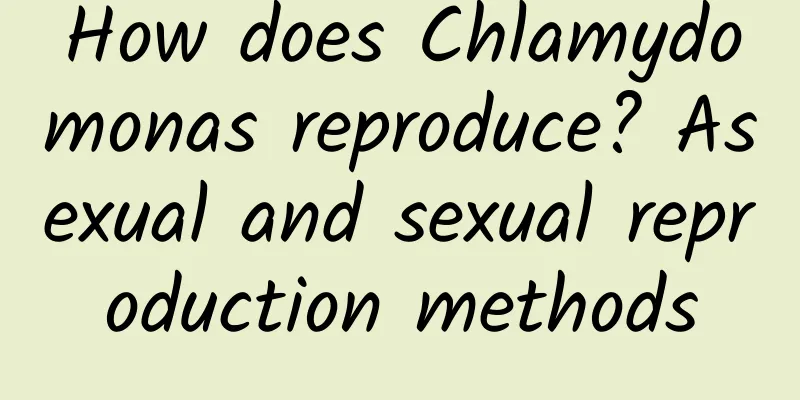How does Chlamydomonas reproduce? Asexual and sexual reproduction methods

Chlamydomonas reproduction methodChlamydomonas does not bloom and bear fruit like terrestrial plants and has branches and leaves. It cannot be propagated by sowing, cuttings, division, or leaf cuttings. It has two types of reproduction methods: asexual and sexual. Generally speaking, it can reproduce at any time, but it reproduces faster in the warm environment of spring and autumn. Common reproduction methods of Chlamydomonas1. Asexual reproduction of Chlamydomonas Chlamydomonas can reproduce asexually in a suitable environment. During asexual reproduction, the cells often remain motionless, the flagella will slowly fall off, and the protoplasm inside will undergo several mitosis to form 2, 4, 8 or 16 daughter protoplasts, which then form zoospores. The spores will then be released, drift in the water, and each grow into a new individual. 2. Sexual reproduction of Chlamydomonas When Chlamydomonas reproduces sexually, it also sheds its flagella first. After several divisions, the protoplasm will produce cells with flagella, called gametes. They are smaller than zoospores. After the gametes are released, they combine in pairs to produce zygotes. The zygotes secrete thick walls, germinate in a suitable environment, and form an individual. |
<<: How to propagate green jade tree
>>: How does kelp reproduce? How to reproduce by spores
Recommend
The correct way to water flowers with beer is suitable for what flowers and plants
If you have beer or expired beer at home, do not ...
How to fertilize cornstone
The need for fertilizer Corn stone does not need ...
How to prune hydrangeas and what to pay attention to
Hydrangea pruning time Hydrangeas are generally p...
Your vegetable garden is dirty and messy, but look at others', it's more beautiful than a big flower garden!
1 Balcony Vegetable Garden Balcony vegetable gard...
Why are the leaves of white palm becoming smaller?
1. No repotting Reason: If the anthurium is not r...
How to Plant Calla Lily
1. Time Selection For Calla Lily, the success rat...
Can potato seedlings be transplanted?
Can potato seedlings be transplanted? Potato seed...
Don’t look any further, all the information you need about watering Jianlan is here!
1. The amount of watering Anyone who has raised i...
Kangaroo flower cultivation method
1. Soil When growing kangaroo flowers, use sandy ...
What to do if the leaves of dianthus are drooping
1. Causes of sagging Generally, there may be many...
The best time for growing pepper seedlings
Chili pepper is a vegetable with great market dem...
How to turn yellow leaves of flowers green?
With the improvement of living standards, more an...
The advantages and disadvantages of soft fragrant red rose
Soft and fragrant red rose is a purebred rose pro...
The efficacy and function of sugarcane juice, how to make sugarcane juice
1. Efficacy and effects 1. It can quench thirst: ...
How to grow Agapanthus
1. Soil During breeding, the soil should have goo...









